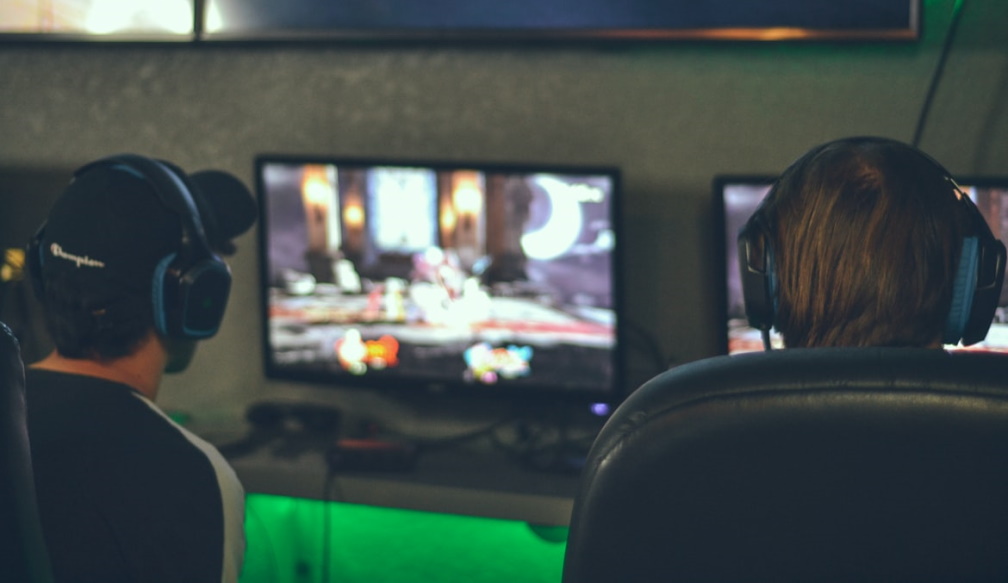The Number of Video Games That Support AMD’s Innovative FSR Technology Is Rapidly Increasing

On the occasion of the six months since the release of the FSR, the well-known American company for the development of computer processors AMD has decided to boast of over 70 games that already support or will support this innovative rendering technique. Specifically, AMD FidelityFX Super Resolution already supports 47 games, and there are 24 more upcoming games that will yet take advantage of the charms of FSR. Also, AMD can brag about having over 80 game developers and publishers that support FSR.
Some of the games that already support FSR are Deathloop, Horizon Zero Dawn Complete Edition, F1 2021, Far Cry 6, Resident Evil Village, Farming Simulator 22, Ghostrunner, Hellblade: Senua’s Sacrifice, World War Z: Aftermath, Lego Builder’s Journey, Arcadegeddon, Warhammer: Vermintide 2, Grounded and Baldur’s Gate 3.
Titles that will support FSR rather soon are Forspoken, God of War, Hitman III, Hot Wheels Unleashed, Myth of Empires, No Man's Sky, Raji, The Elders Scroll Online, Warface, and Workshop Simulator. Some of these games (e.g. F1 2021) are popular eSports, a gaming industry striving for success by each year and getting more and more popularity for wagering on the best Australian betting sites as well as on betting sites of numerous other countries at Bookmaker-Expert.com.
AMD FidelityFX Super Resolution quickly gained popularity and it can be prescribed to the compatibility with a large number of AMD and Nvidia graphics cards. However, there is still room to improve performance and quality.
What Does AMD’s FSR Provide?
FidelityFX Super Resolution (FSR) is a rendering technology developed by AMD to improve game framerates and enable high-resolution gaming. It is also a competitor to Nvidia’s DLSS, however, the two work in quite different ways. FSR works by producing frames at a reduced resolution and then upscaling them using an open-source spatial upscaling algorithm to make the game appear to run at a higher resolution. DLSS employs an AI technique to achieve comparable results, but it is only compatible with Nvidia’s RTX GPUs, which are now some of the top graphics cards on the market. FSR, on the other hand, can run on almost any GPU – even on Intel integrated graphics, for example.
AMD does not market FSR as a direct competition to DLSS, primarily because it believes FSR can be used in a larger range of games. FSR can obviously help in performance-heavy games and titles with sophisticated effects, such as ray tracing, but it may also be used as a general-purpose method to simply enhance performance in games that are already running well. This could be handy for 1440p screens with high refresh rates, which are among the best gaming monitors, but it can also help smooth out framerates on older GPUs and gaming laptops.
In reality, it looks like this: a game may not perform adequately when rendered in native 4K. FSR allows users to render at resolutions ranging from 1440p (FSR Ultra Quality) to 1080p (FSR Performance), making it simpler to attain higher framerates, as well as two more options. The image is then upscaled to the required resolution, providing it with better performance and more detail than 4K. The final product is then embellished with UI components and text.
FSR, according to AMD, outperforms other types of spatial upscaling approaches such as bilinear upscaling. The greatest difference between the two is that AMD’s FSR is GPU-agnostic, meaning it can operate with AMD, Nvidia, and Intel graphics cards, in addition to giving different degrees of performance and being supported on different games and apps. On the other hand, DLSS is only available on Nvidia GPUs.
The PlayStation 5 (PS5) supports FSR thanks to its AMD RDNA 2-based GPU, with Arcadegeddon being the first PS5 game to do so. FSR support will also be available for the Xbox Series X/S, which uses RDNA 2-based GPUs. This is a significant benefit for FSR in the long run since it allows it to support not only PCs but also consoles and even smartphone hardware.
Modes of the FSR
The four modes available in AMD’s FSR are:
-
Ultra Quality
-
Quality
-
Balanced
-
Performance
AMD claims that using the maximum level, Performance mode, you will get a 2.4x performance boost at 4K resolution. More upscaling, on the other hand, leads to more visual artifacts. FSR Performance mode, like the highest degree of performance with Nvidia+s DLSS, will have significant artifacts.
The four modalities operate at various upscaling levels. Ultra Quality scales at 1.3x, whereas Quality scales at 1.5x, Balanced scales at 1.7x, and Performance scales at 2.0x. This scaling factor is applied to each dimension, so 3840 x 2160 with Quality mode would render at 2560 x 1440, which is 44.4% more pixels than 4K.
Conclusion
The most important thing you will need to use AMD’s FSR is a game that supports it. For individual games, FSR does not require any specific training or temporal data from previous frames. One of the reasons AMD claims FSR is simple to implement is because of this. Several operating systems and APIs, including DirectX 11, DirectX 12, and Vulkan, are already compatible with the open-source technology.

















